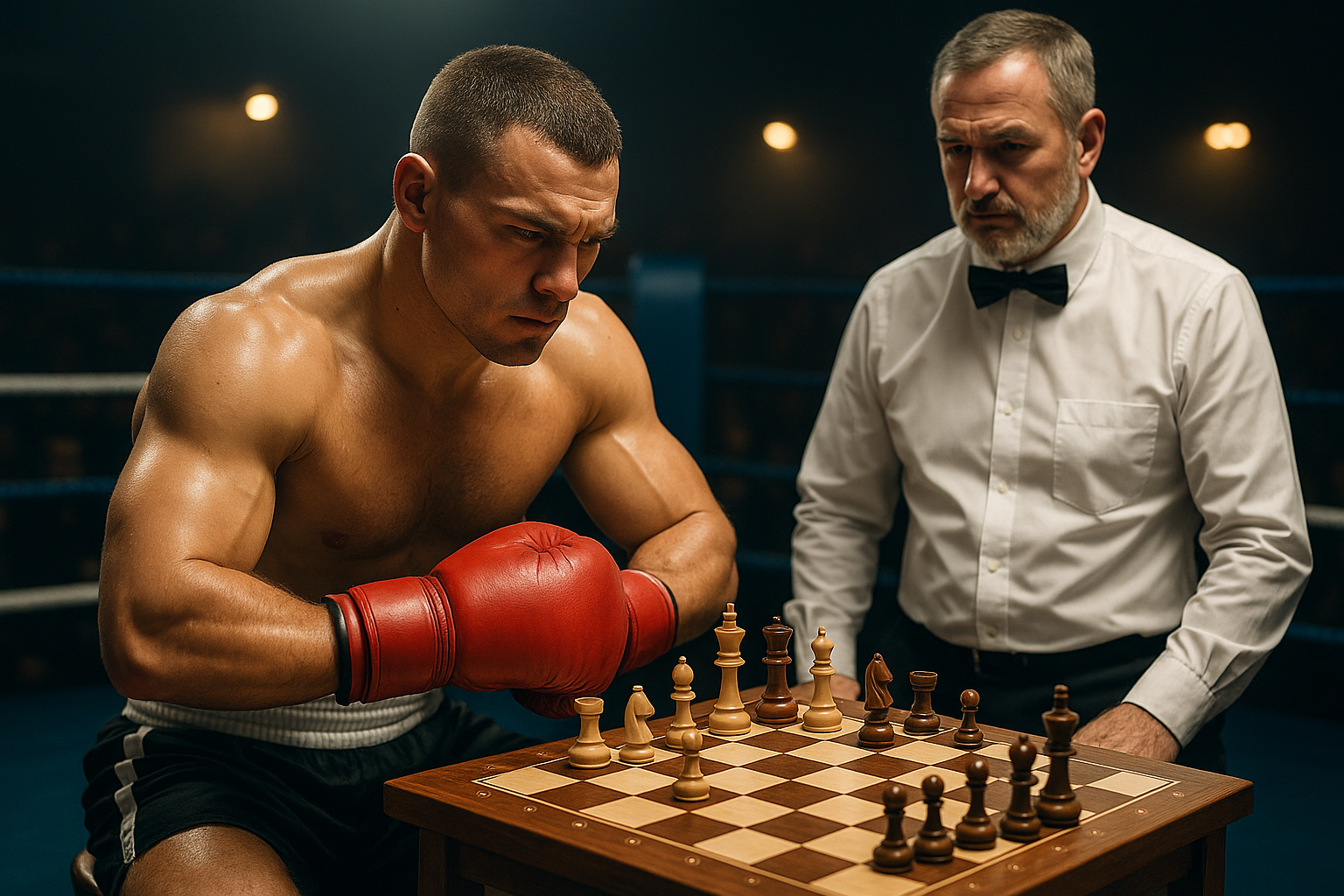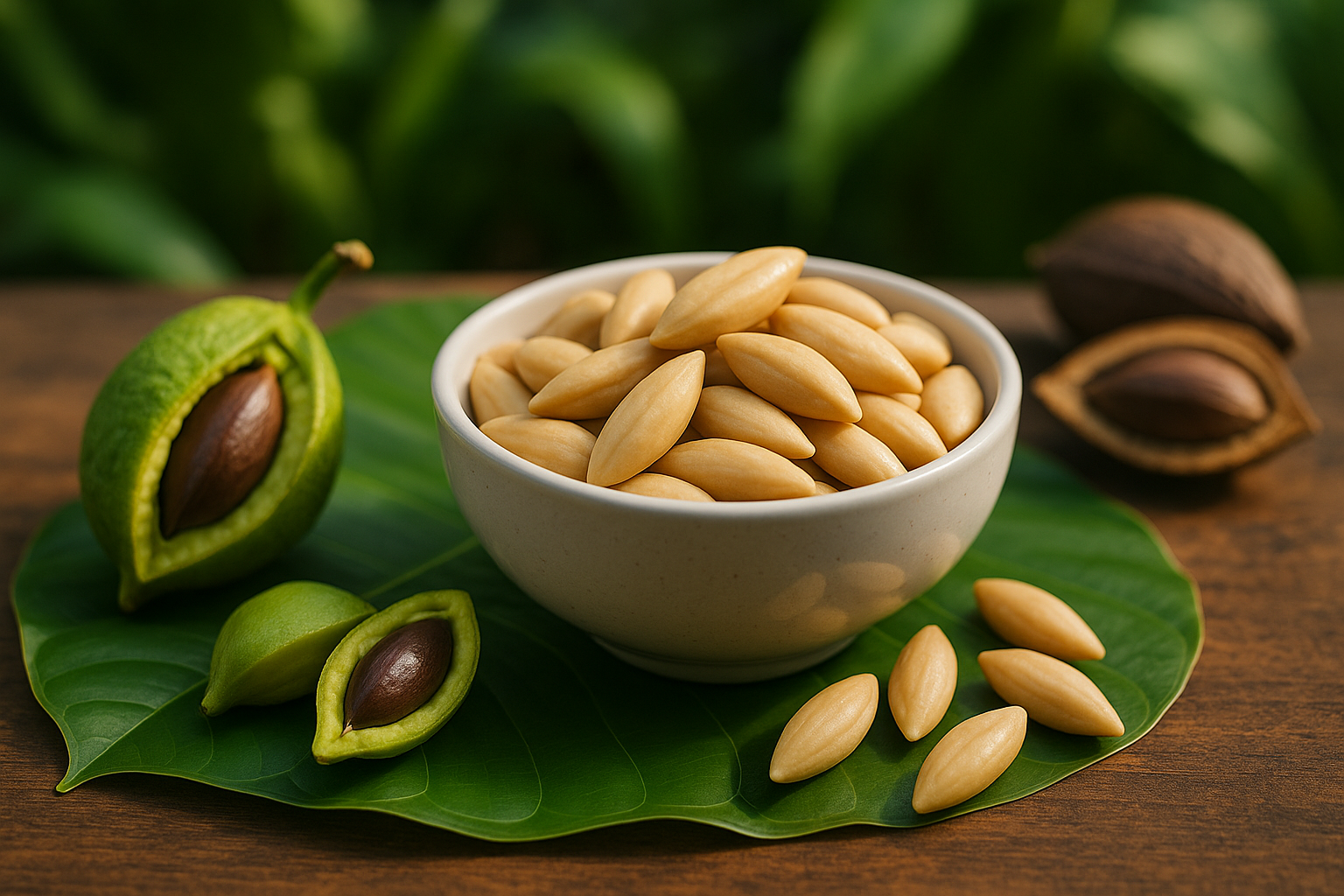Mastering the Intricacies of Chessboxing: An Unconventional Blend of Brains and Brawn
Chessboxing, an unusual sport that combines the cerebral challenge of chess with the physical test of boxing, is gaining traction around the world. This hybrid sport pushes athletes to their limits, not just physically but mentally as well. This article delves into the history of chessboxing, traces its current trends, and explores the benefits and challenges it offers to its participants.

Chessboxing is a testament to the human spirit’s ability to constantly innovate and push boundaries. It is a sport that demands not just physical strength but also mental agility, strategy, and the ability to think under pressure.
Origins and Development of Chessboxing
Chessboxing was first conceptualized in 1992 by Dutch artist Iepe Rubingh. Inspired by a comic book by Enki Bilal, Rubingh set out to bring the fictional sport to life. The first competitive chessboxing match took place in Amsterdam in 2003. Since then, the sport has grown steadily, with organizations like the World Chess Boxing Organisation (WCBO) and the Chess Boxing Global (CBG) promoting and organizing chessboxing events worldwide.
The sport follows a unique format where rounds of chess are alternated with rounds of boxing. A typical match consists of 11 rounds – six rounds of chess and five rounds of boxing. The winner is decided by either a knockout in the boxing round, a checkmate in the chess round, or a judge’s decision based on points.
Current Trends in Chessboxing
Over the years, chessboxing has gained a loyal fan base across Europe, Russia, India, and the USA. The sport is particularly popular in Germany, where the Berlin-based Chess Boxing Club (CBC) regularly hosts sold-out events. The WCBO and CBG have also been instrumental in setting up clubs and organizing events in other parts of the world, contributing to the sport’s global growth.
In recent years, chessboxing has also begun to attract a more diverse range of participants. Women and older athletes are increasingly taking up the sport, challenging the stereotype that combat sports are a young man’s game.
The Unique Challenges and Benefits of Chessboxing
Chessboxing presents a unique set of challenges to its participants. The sport requires a high level of physical fitness and boxing skill, but also demands intense mental focus and strategic thinking. The constant switch between physical exertion and mental concentration can be disorienting, pushing athletes to their limits.
However, these challenges also bring unique benefits. Chessboxing offers a comprehensive workout that trains both the body and the mind. It promotes physical fitness, mental agility, and strategic thinking. It also teaches participants to stay calm under pressure, a skill that can be beneficial in many other aspects of life.
A Game of Kings and Queens in the Ring
In conclusion, chessboxing is an innovative sport that offers a unique blend of physical and mental challenges. It is a testament to the incredible versatility and adaptability of human athletic performance. As it continues to grow in popularity, it is likely to inspire even more unconventional sports that push the boundaries of what is possible.
The world of sports is ever-evolving, and chessboxing is a fascinating example of this evolution. It represents a fusion of two very different disciplines, offering a fresh and exciting perspective on the capabilities of human athleticism. Its growth promises a future where sports continue to surprise, challenge, and inspire us in ways we can’t even imagine yet.




